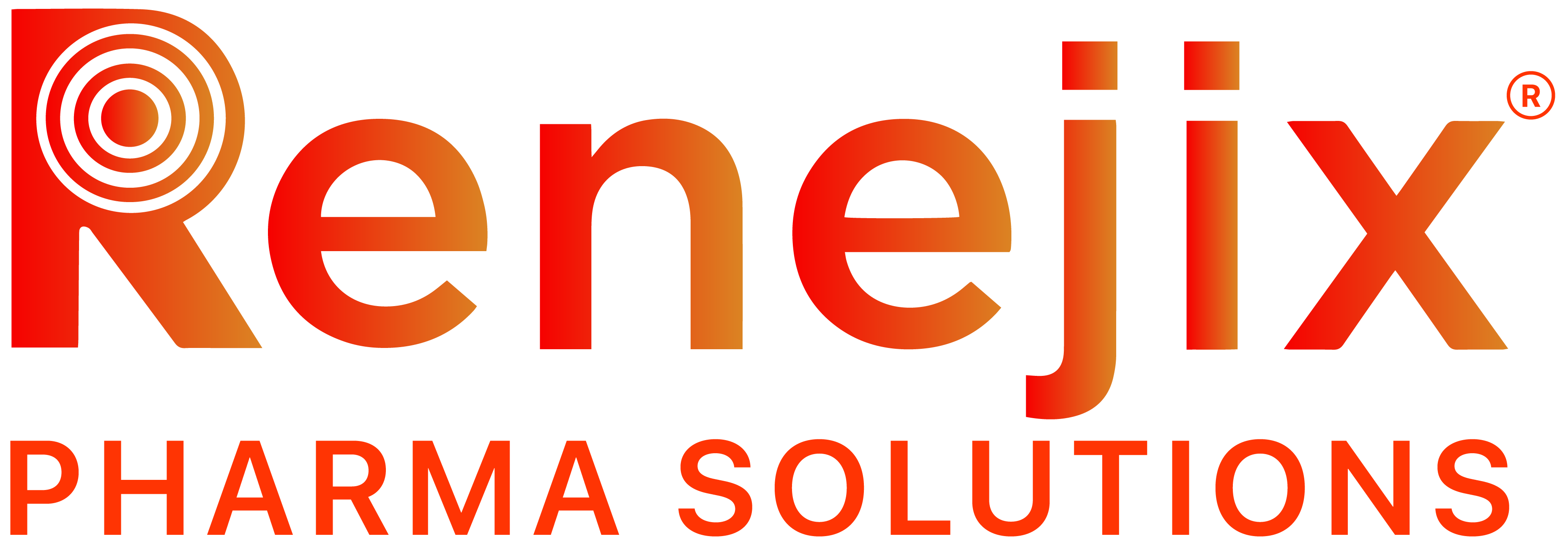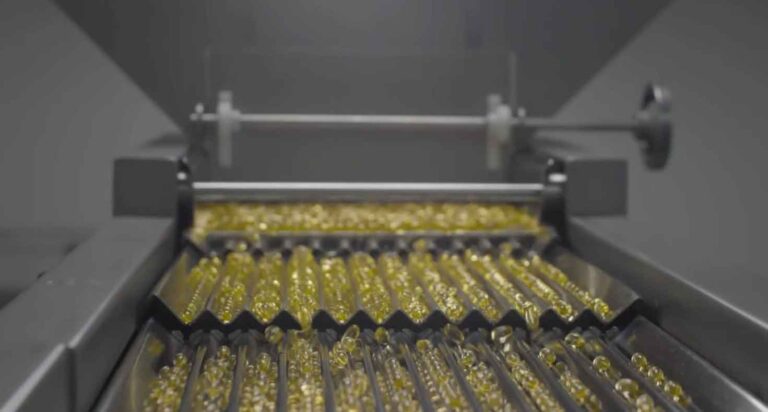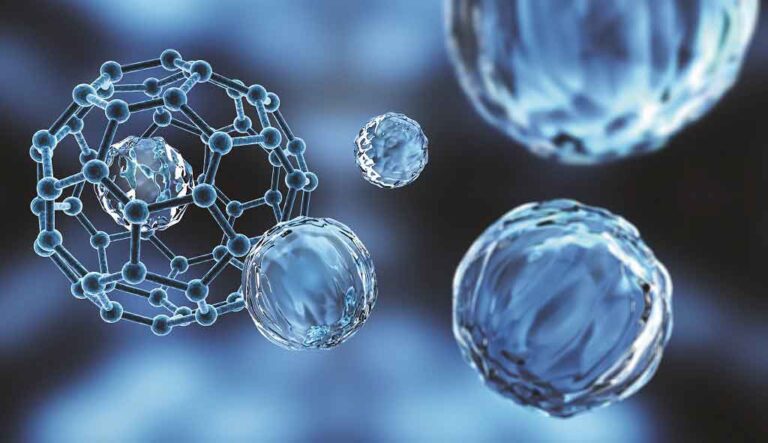
The selection of an appropriate technology for a product is a critical decision that influences its commercial success. The process of technology selection should begin with the creation of a Target Product Profile (TPP) that outlines the desired properties of the product. If the TPP does not explicitly indicate a technology preference, compatibility and stability data should be considered when selecting the Low-Fill Weight Capsule (LFC) technology. Additionally, business and development factors should be taken into account when determining the amount of work that should be performed in-house versus outsourced to a Contract Development and Manufacturing Organization (CDMO). To ensure the commercial viability of the project within its development scope, it is prudent to perform a preliminary risk analysis.
Table 7 provides a comparison of Soft Gel Capsules (SGCs) and Liquid-Filled Hard Capsules (LFHCs) and reveals that the two technologies are equivalent in terms of their technical capabilities. However, there are subtle practical differences between the two. SGCs are usually manufactured by companies with substantial expertise in the technology, which enables them to apply their knowledge early in the development process to avoid potential problems. Furthermore, SGC manufacturers’ ability to adjust the shell formulation provides greater flexibility in addressing issues, especially those associated with challenging Active Pharmaceutical Ingredients (APIs), compared to LFHCs.
SGCs’ most common issues are usually associated with compatibility problems with the plasticizer system or an API in the fill that cannot tolerate exposure to water. To facilitate a transition to LFHCs, these issues can be identified and addressed early in the development process.
Utilization of LFHC technology often begins in-house, where there may be expertise in the fill formulation but limited experience in the actual shell and large-scale manufacturing requirements. Formulators may use higher melting point excipients in fill formulations to eliminate the need for capsule sealing due to the lack of sealing equipment. While this approach may solve the need for banding, it may create downstream issues when extended hold times at an elevated temperature create stability problems for the API or excipients as the batch size and runtimes increase. Therefore, it is important to carefully consider the long-term implications of selecting LFHC technology and to take a holistic approach to technology selection.
Capsule selection is an imperative issue that one often confronts when automating capsule filling. The physical design and superior quality of the capsule plays an incredibly significant role in this process. What might seem facile to fill manually could be arduous to accomplish with automated equipment. Furthermore, hygroscopic fills pose the risk of capsule cracking, which necessitates a comprehensive understanding of capsule design and formulation dynamics to avert potential capsule failures. It’s noteworthy that performing early LFHC work under specific humidity conditions might not prevent leakage when performed under distinct humidity settings.
The LFHC and SGC technologies encompass overlapping capabilities, facilitating minimal changes to the fill system when switching between them. Nonetheless, when transitioning from a gelatin LFHC to an SGC, one might need a non-gelatin shell to accommodate the fill material’s high melting point. Similarly, when shifting from an SGC to an LFHC due to water exposure issues, specific packaging might be necessary to avert water ingress during storage. HPMC capsules are highly recommended due to
their improved flexibility and reduced brittleness, especially in low humidity conditions. The transition requires bridging studies, and it’s prudent to switch early in development to prevent project timeline delays.
In order to thoroughly evaluate the LFHC capsule and the SGC, it is essential to conduct a pharmacokinetic (PK) biostudy comparing the two. This study is crucial as it provides valuable information about the drug’s absorption, distribution, metabolism, and excretion. Additionally, it allows for a comprehensive comparison of the performance and effectiveness of the LFHC capsule and the SGC. Depending on the specific drug product and the stage of development, regulatory authorities may require this PK biostudy to ensure the safety and efficacy of the capsule formulation.
- Table 1: Comparison of Shell Polymers for Gelatin and Plant-Based Polymers
| Characteristics | Shell Polymers – Gelatin | SGC | lfhc |
| Formulation options | Can be formulated or processed for specific fill | Standard shell formations only | Standard shell formations only |
| Manufacturing temperatures | Maximum fill temperature: 40°C | Maximum fill temperature: 80°C | Maximum fill temperature: 80°C |
| Fill formulation options | Type I–IV lipid formulations | Type I–IV lipid formulations | Type I–IV lipid formulations |
| Compatibility with fill excipients | Wide range: lipophilic hydrophilic | Wide range: lipophilic hydrophilic | Wide range: lipophilic hydrophilic |
| Plasticizer exposure | Plasticizer tolerance: high | No plasticizer exposure | Plasticizer tolerance: low |
| Water exposure | Transient exposure to high water activity | Can be processed with no water exposure | Can be processed with no water exposure |
| Oxygen transmission rate | Minimal | Minimal | Minimal |
| Oxygen exposure | Can be processed with no oxygen exposure | Transient exposure to oxygen | Transient exposure to oxygen |
| Size/shape | Any shape | Any shape | Oblong only, Maximum fill volume: ~90 µL |
| In-house development | Fill formulation: Yes | Fill formulation: Yes | Fill formulation: Yes |
| Small-scale manufacture | Yes | Yes | Yes |
| Failure modes | Leaking, Mechanical breakage Leaking | Mechanical breakage | Spontaneous breakage |






